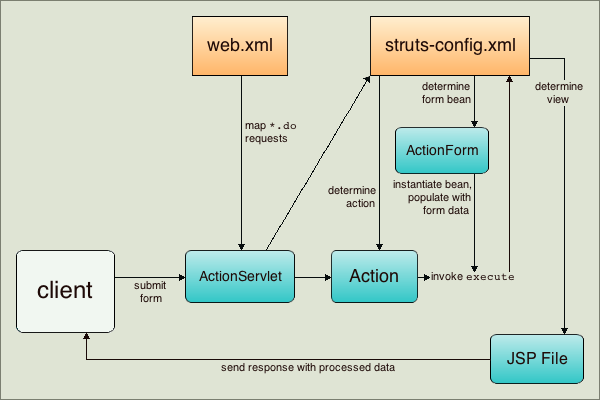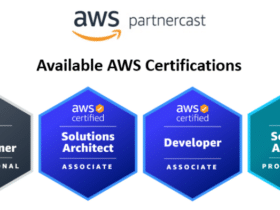Navigating the vast sea of Java web frameworks, five stand out: Spring, Hibernate, Struts, JSF, and Grails.
Each offers unique features to tackle development challenges, but choosing the right one isn’t always straightforward.
Understanding their strengths and trade-offs is crucial for making an informed decision that aligns with your project’s specific needs.
Spring

Spring stands as the heavyweight champion of Java web frameworks, offering a wide-ranging ecosystem for building robust and scalable applications. You’ll find it’s a go-to choice for many developers on account of its versatility and extensive feature set.
Spring’s core functionality revolves around dependency injection and inversion of control, which simplify your code and make it more modular.
When you’re working with Spring, you’ll appreciate its support for various modules, including Spring MVC for web applications, Spring Security for authentication and authorization, and Spring Data for database integration. It’s also compatible with other Java technologies, allowing you to integrate it seamlessly into your existing projects.
Spring Boot, a popular extension, streamlines the setup process, enabling you to create production-ready applications with minimal configuration. With its extensive documentation and active community, you’ll find ample resources to support your development journey.
Hibernate
Delving into the domain of Java persistence, you’ll find Hibernate at the forefront as a powerful object-relational mapping (ORM) framework. It simplifies database operations by allowing you to work with Java objects instead of SQL queries. Hibernate manages the mapping between your Java classes and database tables, handling data persistence and retrieval efficiently.
Here’s a quick overview of Hibernate’s key features:
| Feature | Description | Benefit |
|---|---|---|
| ORM | Maps Java objects to database tables | Simplifies data management |
| HQL | Hibernate Query Language | Object-oriented querying |
| Caching | First and second-level caching | Improves performance |
| Lazy Loading | Loads data on demand | Optimizes resource usage |
| Transactions | ACID-compliant transactions | Ensures data integrity |
You’ll find Hibernate particularly useful for large-scale applications where efficient data management is vital. It’s compatible with various databases and integrates well with other Java frameworks, making it a versatile choice for your web development projects.
Struts

Another widely-used Java framework you’ll encounter in web development is Struts, which simplifies the creation of enterprise-level Java web applications. Struts follows the Model-View-Controller (MVC) architecture, separating your application’s logic, data, and user interface components. This separation makes it easier to maintain and update your code.
Struts provides a set of reusable components that help you build web applications more efficiently. You’ll find tools for form handling, validation, and internationalization built into the framework. It also offers robust tag libraries that simplify the creation of dynamic web pages.
With Struts, you can implement complex navigation logic using its powerful action mapping attribute. The framework’s configuration files allow you to define the flow of your application without hard-coding it into your Java classes. This flexibility makes Struts an excellent choice for developing large-scale web applications that require modular design and easy maintenance.
JSF (JavaServer Faces)
JavaServer Faces (JSF) stands out as a component-based framework for building user interfaces in Java web applications. It’s designed to simplify the development of web-based user interfaces by providing a set of reusable UI components. With JSF, you’ll find it easier to create and manage web forms, handle user input, and implement navigation between pages.
One of JSF’s key characteristics is its ability to separate the presentation layer from the business logic. This separation allows you to focus on creating the user interface without worrying about the underlying code.
JSF also offers a rich ecosystem of third-party component libraries, giving you access to a wide range of pre-built UI elements. You’ll appreciate JSF’s support for multiple rendering technologies, including HTML, XHTML, and even mobile interfaces.
It’s well-integrated with other Java EE technologies, making it a solid choice for enterprise applications.
Grails
While JSF focuses on component-based UI development, Grails takes a different approach by offering a full-stack web application framework built on top of the Groovy programming language and the Spring Boot ecosystem. Grails adopts convention over configuration, allowing you to rapidly develop web applications with minimal setup. It provides a powerful ORM (Object-Relational Mapping) solution called GORM, which simplifies database interactions.
Grails offers features like scaffolding, which automatically generates CRUD (Create, Read, Update, Delete) operations for your domain models. You’ll find that it integrates seamlessly with various front-end technologies and provides robust plugin support to extend functionality.
The framework’s use of Groovy enables concise syntax and dynamic typing, enhancing developer productivity. With built-in testing support and hot reloading capabilities, Grails streamlines the development process, making it an attractive choice for both small and large-scale web projects.
Conclusion
You’ve now examined the top 5 Java frameworks for web development, each offering unique strengths like a Swiss Army knife for developers.
Whether you’re looking for extensive solutions with Spring, simplified database operations with Hibernate, or component-based UI development with JSF, there’s a framework to suit your needs.
Consider your project requirements and team expertise when choosing. Remember, mastering these frameworks will enhance your web development skills and open up new opportunities in the Java ecosystem.

















